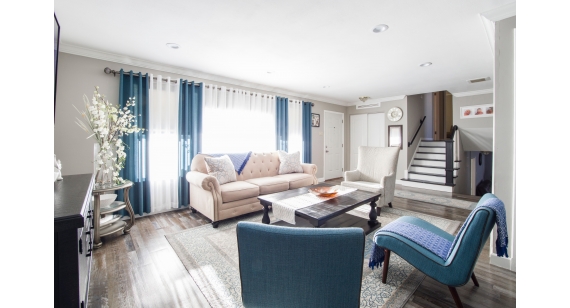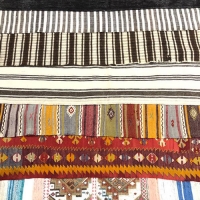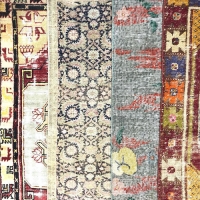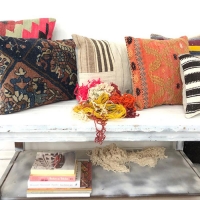
Patterns And Motifs In Rugs
Weaving rugs, cicim, bell and sumac types are stated as flat weaving. The plain documents of BC M.S. from the 8th century. The development of the society until the 16th century and the process of being affected by this development made itself felt in the construction techniques. In the history of weaving, handicrafts such as carpet weaving, rugism, writing, shuttle weaving, felting have been the tools of societies. Plain weaving, which is an important part of daily life in weaving culture, has become a commercial value since very early dates. In this context, we have taken orders from some parts of the weaving business and have been sold to overseas countries. Some regions dealing with historic rugs and carpets have been built and used for the need of the weaving person or family, as opposed to opening out. Weavers have also transferred many motifs that symbolize their thoughts, feelings and beliefs to rugs and other technical plain weavings.
Due to the combination of multicolored and different motifs, rugs and patterns vary according to regions. The patterns and motifs used in the products made within the framework of handicrafts reflect the emotions and thoughts of the people doing this work; it adds art and aesthetic value to these products. The pattern, which is formed by the use of rug and carpet motifs on any surface in a certain order, fulfills a very important function such as transferring the living conditions, culture, thought, pleasure and aspirations of the period to which each motif belongs. in the field of culture and art is often an expression of the traditions, customs, tastes, understandings and beliefs of communities. The motifs in the carpets and rugs are the way of expressing the traditions, tastes, understandings and beliefs of the cultures with symbols and they vary from a single point to a large medallion.
Motifs, the smallest unit of the pattern in carpets and rugs, are examined in three categories, especially in relation to birth, life and death. Motifs related to birth and reproduction; elibelinde, koçboynuzu, fertility, human, braid, earrings, buckets, trunks, love and unity are the stars. They are used in carpets and rugs. Motifs symbolizing life; waterway, protection, ie evil eye; amulet and amulet, eye, Velcro, hand, finger, comb, cross and hook, motifs used to protect the soul; snakes and dragons, scorpions, wolves, dovetail, monster feet, immortality and pedigree-related motifs; life tree and bookmarks. Death related ones; bird motifs. Application examples of all motifs and patterns were found in the rugs.



